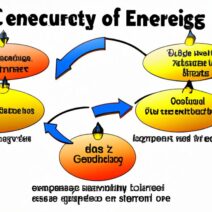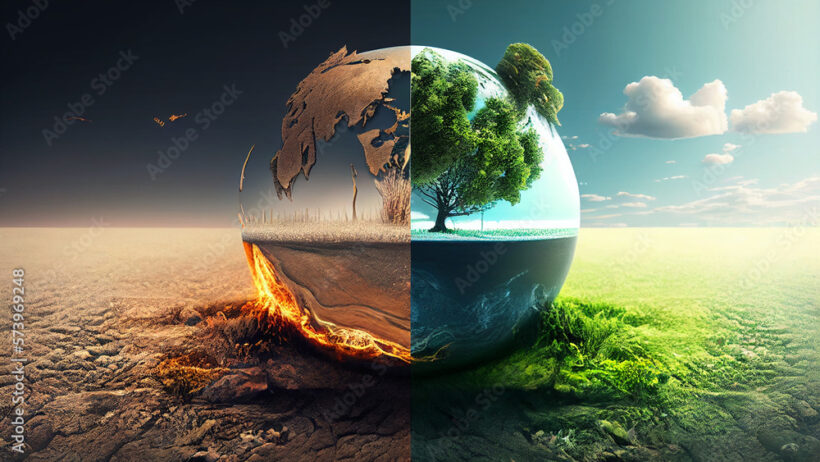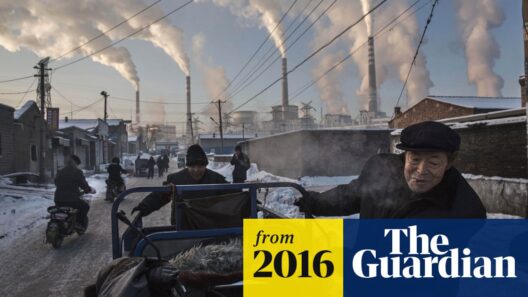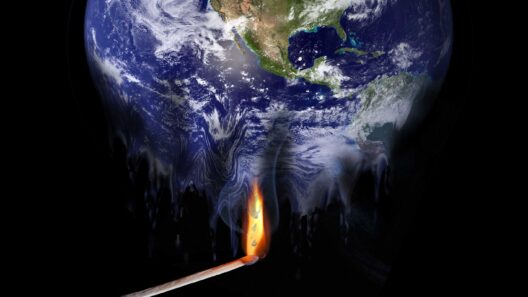Climate change represents one of the most critical challenges that humanity faces today. The US Climate Story is an intricate narrative woven through decades of environmental shifts, policy debates, and scientific advancements. Understanding this history requires us to delve into various facets, from early environmental awareness to modern scientific consensus and the response of policymakers and citizens alike. This article will explore the evolution of climate discourse in the United States, examining the cultural, political, and scientific milestones that have shaped our understanding of a warming planet.
Initially, the seeds of ecological awareness were sown in the early 20th century with the burgeoning conservation movement. Figures such as John Muir and Theodore Roosevelt championed the protection of natural landscapes, laying the groundwork for future environmental legislation. The establishment of national parks and protected areas illustrated an early recognition of humanity’s responsibility toward nature. However, awareness of climate change as an urgent crisis did not emerge until the latter part of the century.
The 1950s and 1960s marked a pivotal moment in environmental awareness with the growing realization of humanity’s impact on Earth’s climate systems. Studies began to demonstrate a stark correlation between industrial emissions and global temperatures. In 1958, the Keeling Curve began documenting atmospheric CO2 concentrations, offering the first clear signs of the greenhouse effect. This was not an isolated finding; the scientific community increasingly linked fossil fuel combustion with rising global temperatures, setting the stage for future climate advocacy.
By the 1970s, the environmental movement gained momentum. Earth Day, celebrated for the first time in 1970, epitomized a burgeoning public consciousness regarding ecological issues. The establishment of the Environmental Protection Agency (EPA) that same year signified a governmental acknowledgment of environmental degradation and climate-related concerns. During this period, Richard Nixon’s administration also laid the groundwork for significant environmental policies, albeit often in response to public activism rather than a proactive stance on climate change.
The 1980s heralded an era of increasing scientific scrutiny and political discourse surrounding climate change. The establishment of the Intergovernmental Panel on Climate Change (IPCC) in 1988 underscored the need for international collaboration in understanding and addressing global warming. The report generated by the IPCC highlighted alarming projections regarding temperature increases, sea level rise, and extreme weather events. Despite this, the political response was tepid, with many policymakers debating the validity of climate science rather than implementing preventive measures.
As the 1990s unfolded, the heart of the climate change conversation began to shift. The Kyoto Protocol, adopted in 1997, sought to establish binding commitments for developed countries to reduce greenhouse gas emissions. However, the United States, under the Bush Administration, famously rejected the accord, arguing that it would harm the economy. This marked a significant moment in US climate policy, highlighting the confrontation between economic interests and ecological necessities.
Entering the 21st century, the urgency of climate action became even more apparent. The effects of climate change were observable through increasingly severe weather patterns, such as hurricanes, droughts, and wildfires, further ingraining climate issues into the public consciousness. In 2006, former Vice President Al Gore’s documentary “An Inconvenient Truth” played a catalytic role in galvanizing public awareness around the climate crisis. The film provided a compelling narrative, educating viewers on the perils of climate inaction.
With climate change becoming a predominant issue, various movements arose advocating for sustainability and clean energy. The rise of the renewable energy sector marked a significant turning point, showcasing that transitioning to green technology could mitigate climate change while offering economic growth opportunities. Solar and wind energy initiatives began sprouting across the country, demonstrating a convergence of environmental responsibility and economic motivation.
In the years leading up to 2020, a myriad of natural disasters further heightened the climate discourse. The wildfires in California, hurricanes in the Gulf Coast, and unprecedented flooding in various states showcased tangible consequences of a warming planet. These events ignited passionate advocacy from grassroots organizations, demanding substantial action from policymakers. Movements like the Sunrise Movement and scientific insurgences aimed at increasing youth participation in climate advocacy emphasizing the intergenerational impact of climate inaction.
The recent commitment of the federal government to re-enter the Paris Agreement represents a renewed acknowledgment of climate change’s urgency. This re-engagement is indicative of a broader shift in public opinion, wherein climate change is increasingly recognized not only as an environmental issue but also as a public health crisis that intersects with economic disparity and social justice. As citizens become more educated and concerned about climate implications, the expectation of accountability from leaders has intensified.
The contemporary landscape illustrates a paradox: there is growing recognition of the climate crisis, yet political and economic inertia endures. While scientific consensus surrounding anthropogenic climate change is robust, the path forward remains fraught with challenges. The division between climate advocates and skeptics continues to pose barriers to effective policy implementation. However, grassroots movements, innovative technologies, and increased climate literacy offer a glimmer of hope in mobilizing collective action.
Ultimately, the US Climate Story embodies a complex interplay of awareness, policy, and societal response. It is not merely a chronicle of environmental degradation, but also one of resilience and potential transformation. As awareness deepens and mobilization increases, the evolution of this narrative stands at a crucial juncture. The past informs the future, providing insights into both the challenges and solutions that lie ahead. Recognizing the history of our warming planet is essential, as it propels us to act decisively, ensuring meaningful progress in the fight against climate change for generations to come.








